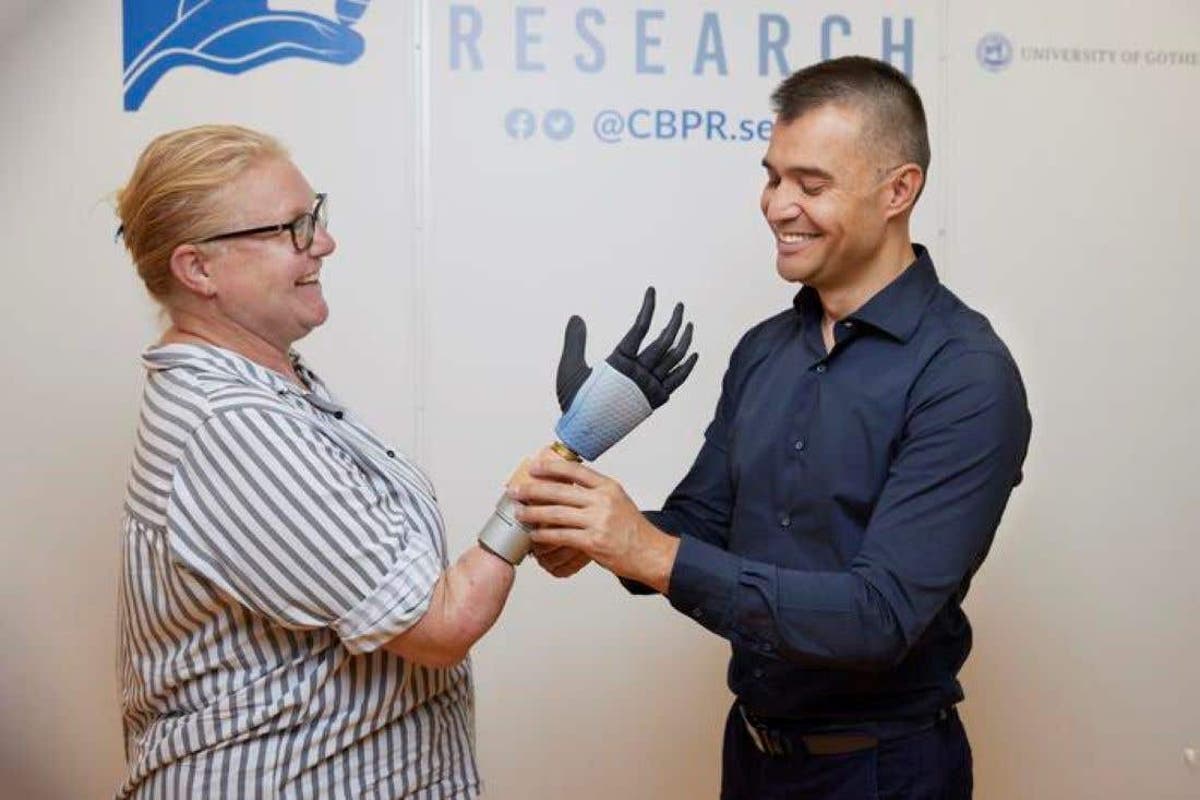Study: New Prosthetic Hand Lets Amputee Sense Temperature

The Facts
Scientists have developed a functional artificial limb with fingertip sensors that can deliver realistic thermal information to an amputee's residual limb, which the brain interprets as being still attached to the original hand.
Following the recent discovery of phantom thermal sensations in amputees, scientists integrated a standalone system into a robotic prosthetic hand to allow it to feel and respond to hot and cold temperatures.
According to a study published last week in the journal Med, the "MiniTouch" device — which allowed a 57-year-old trans-radial amputee to distinguish objects of different temperatures manually — can be easily integrated with commercially available prosthetic limbs without surgery.
The Spin
Narrative A
With one of the last sensory frontiers of bionic limbs — temperature — now within sight, amputees are a step closer to living a fuller life. It gives individuals who have suffered dismemberment a stronger "this hand is mine" sense. This is taking it closer to its full potential — especially when added dexterity of the prosthetic is factored in. Once the safety requirements are met, a whole new life will open up for amputees.
Narrative B
While the past decade's growth and innovations in the field of prosthetics have been phenomenal, this evolution also calls for a bird's-eye view of where this medical technology is headed. A critical analysis at this stage will help the field in its next steps to master and integrate these innovations. It's vital to build a solid framework in the medical industry to help these medical inventions reach their full promise.




